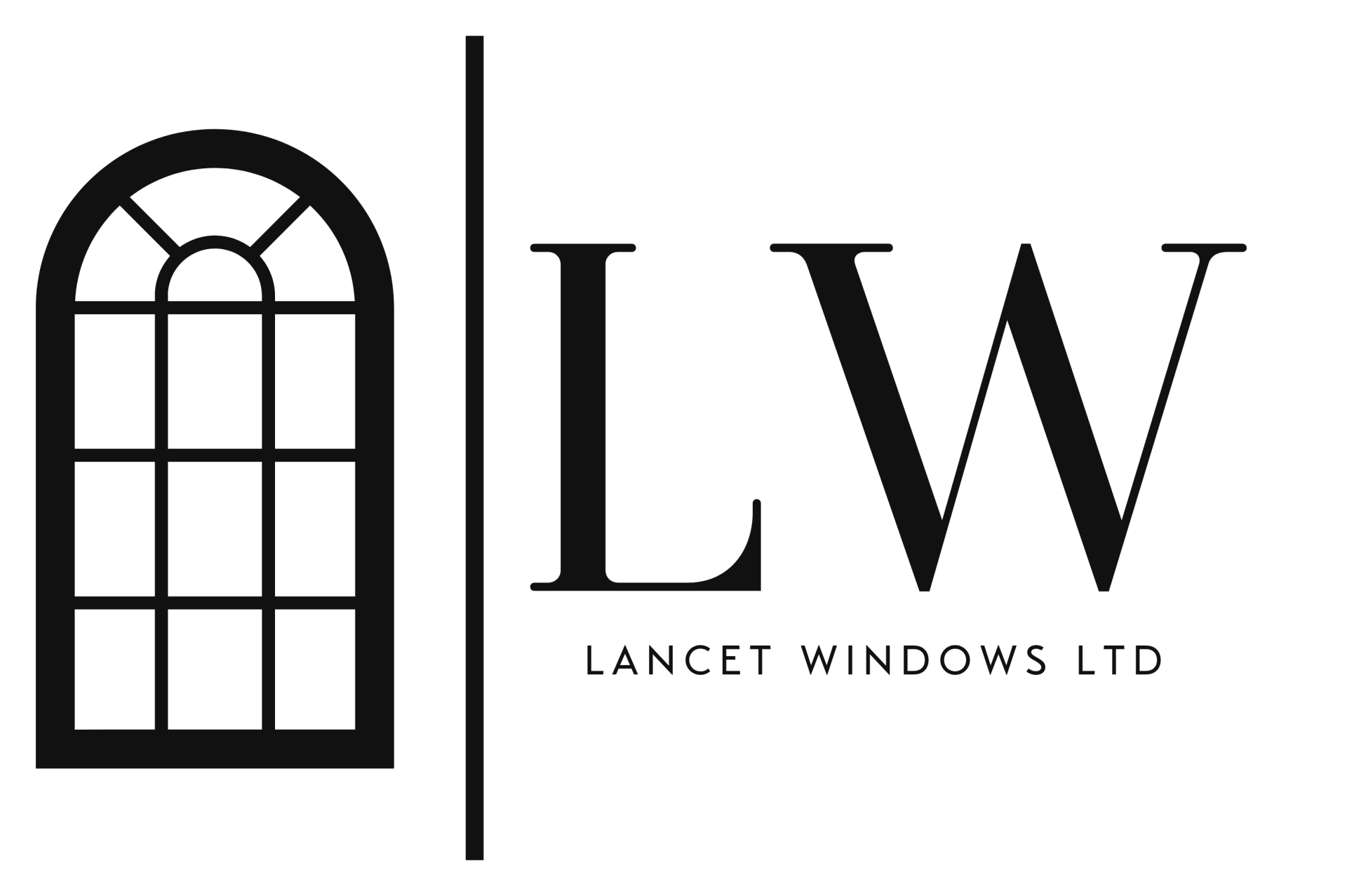SupaLite Roof vs. Traditional Conservatory Roofs: Which One Is Best for You?
Conservatories have long been a beloved feature of British homes, providing that coveted extra living space while bringing natural light into our properties. Yet many UK homeowners face the same frustrating issues with traditional glass or polycarbonate-roofed conservatories: sweltering heat in summer, freezing temperatures in winter, and excessive noise during rainfall. A SupaLite roof system offers a modern solution to these age-old problems, transforming problematic conservatories into comfortable, year-round spaces.
What Makes a SupaLite Roof Different?
A SupaLite roof consists of a lightweight aluminum frame filled with high-performance insulation panels and finished with composite slate-effect tiles. The layered construction creates a thermally efficient barrier that dramatically outperforms traditional glass or polycarbonate conservatory roofing. While conventional roofs allow rapid heat transfer, the SupaLite roof system maintains consistent internal temperatures regardless of external weather conditions.
Beyond thermal performance, a SupaLite roof transforms the acoustics of your conservatory. The solid, insulated construction reduces rainfall noise to a barely perceptible level compared to the drumming effect experienced with glass or polycarbonate options. For many UK homeowners, this sound reduction alone justifies the upgrade, especially in areas prone to frequent precipitation.
Thermal Performance Comparison
Traditional polycarbonate roofs provide minimal thermal resistance, resulting in conservatories that can reach uncomfortable extremes—exceeding 40°C in summer while dropping below 10°C during winter months. A SupaLite roof system reduces these temperature fluctuations dramatically, maintaining comfortable living temperatures year-round.
Light Considerations and Solutions
The primary concern many homeowners express when considering solid roof replacements involves potential light reduction. Traditional conservatories flood spaces with natural light—often excessively so—while a SupaLite roof naturally reduces light penetration. However, modern SupaLite roof systems incorporate strategic glass panels or roof windows that provide controlled natural lighting without the thermal and glare issues of fully glazed roofs.
Contemporary interior design approaches complement SupaLite roof installations with thoughtfully positioned lighting solutions. LED downlights integrated into the roof structure provide adjustable illumination levels, while wall-mounted fixtures add supplementary lighting where needed. The reduced glare from the overhead sun improves screen visibility for televisions and computers, making the space more functional for modern living.
Planning Permission and Building Regulations
Most SupaLite roof installations fall under permitted development rights in the UK, meaning formal planning permission is typically unnecessary. However, building regulations approval remains essential as the modification changes the thermal characteristics of the space. Reputable SupaLite roof installers handle this paperwork as part of their service, providing certification upon completion.
Installation Process and Timeframes
Converting an existing conservatory to a SupaLite roof system typically requires 3-5 days depending on size and complexity. The installation process begins with removing the existing roof structure while preserving the window frames and doors. The lightweight SupaLite roof components then arrive pre-manufactured to your conservatory's exact dimensions, allowing for efficient assembly on site.
Making Your Decision
When deciding between roofing options, consider your primary conservatory usage requirements. If year-round comfort, reduced energy costs, and improved acoustics rank higher than maximum light transmission, a SupaLite roof system offers compelling advantages over traditional alternatives.

